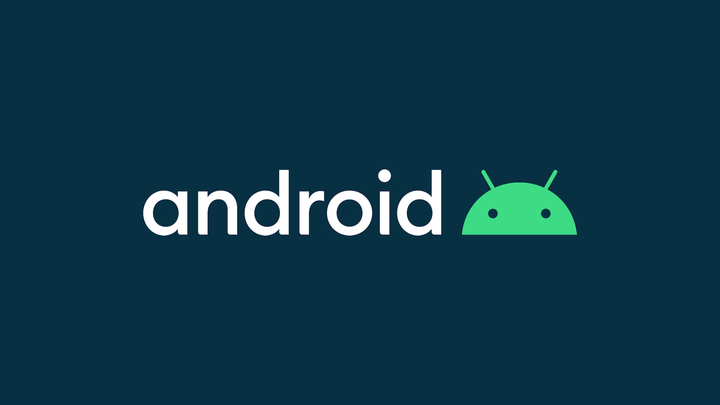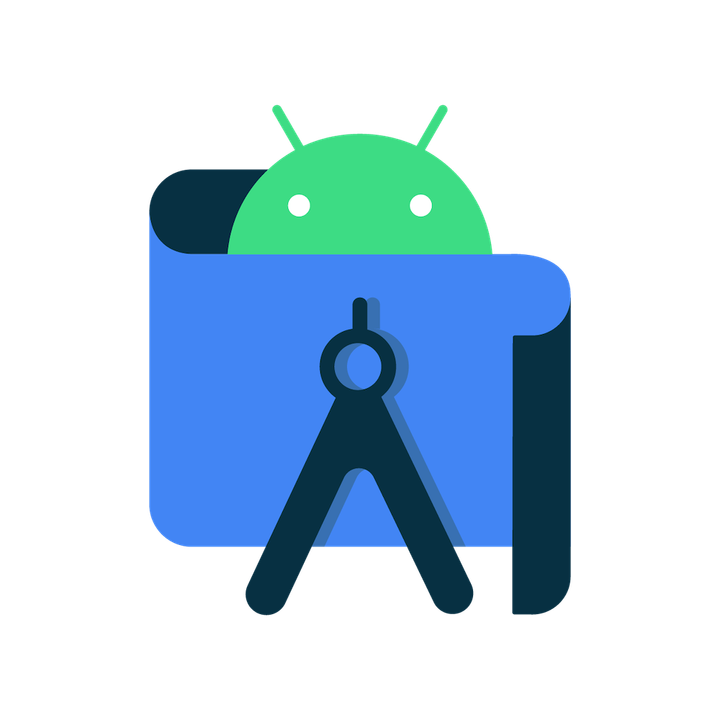



Followers
1
Category
Developer Tools
Tag
Software
Android Studio is the official integrated development environment (IDE) for Google's Android operating system, built on JetBrains' IntelliJ IDEA software and designed specifically for Android development. It is available for download on Windows, macOS and Linux based operating systems or as a subscription-based service in 2020. It is a replacement for the Eclipse Android Development Tools (E-ADT) as the primary IDE for native Android application development.
Android Studio was announced on May 16, 2013 at the Google I/O conference. It was in early access preview stage starting from version 0.1 in May 2013, then entered beta stage starting from version 0.8 which was released in June 2014. The first stable build was released in December 2014, starting from version 1.0.
On May 7, 2019, Kotlin replaced Java as Google's preferred language for Android app development. Java is still supported, as is C++.
Resource: Wikipedia
Visual Studio Code
Visual Studio Code is a source-code editor made by Microsoft for Windows, Linux and macOS. Features include support for debugging, syntax highlighting, intelligent code completion, snippets, code refa
Xcode
Xcode is Apple's integrated development environment (IDE) for macOS, used to develop software for macOS, iOS, iPadOS, watchOS, and tvOS. It was first released in 2003; the latest stable release is ver
GitHub
GitHub, Inc. is a provider of Internet hosting for software development and version control using Git. It offers the distributed version control and source code management (SCM) functionality of Git,
GitLab
GitLab Inc. is the open-core company that provides GitLab, the DevOps platform that combines the ability to develop, secure, and operate software in a single application. The open source software proj
Postman
Postman is an API platform for building, testing and using APIs. Postman simplifies each step of the API lifecycle and streamlines collaboration so you can create better APIs—faster. Resour
Git
Git is a distributed version control system designed to manage and track changes to files. It is commonly used by software developers working collaboratively to manage source code efficiently. Gi
Google Search
Google Search, or simply Google, is a web search engine developed by Google LLC. It is the most used search engine on the World Wide Web across all platforms, with 92.16% market share as of December 2
Adobe XD
Adobe XD (also known as Adobe Experience Design) is a vector-based user experience design tool for web apps and mobile apps, developed and published by Adobe Inc. It is available for macOS and Windows
Google Maps
Google Maps is a web mapping service developed by Google. It offers satellite imagery, aerial photography, street maps, 360° interactive panoramic views of streets (Street View), real-time traffic con
Google Chrome
Google Chrome is a cross-platform web browser developed by Google. It was first released in 2008 for Microsoft Windows, built with free software components from Apple WebKit and Mozilla Firefox. It wa
Google Photos
Google Photos is a photo sharing and storage service developed by Google. It was announced in May 2015 and spun off from Google+, the company's former social network. As of June 1, 2021, in its f
Google Duo
Google Duo is a video chat mobile app developed by Google, available on the Android and iOS operating systems. It was announced at Google's developer conference on May 18, 2016, and began its worldwid
Google Docs
Google Docs is an online word processor included as part of the free, web-based Google Docs Editors suite offered by Google, which also includes Google Sheets, Google Slides, Google Drawings, Google F
Google Meet
Google Meet (formerly known as Hangouts Meet) is a video-communication service developed by Google. It is one of two apps that constitute the replacement for Google Hangouts, the other being Google Ch
Google Drive
Google Drive is a file storage and synchronization service developed by Google. Launched on April 24, 2012, Google Drive allows users to store files in the cloud (on Google's servers), synchronize fil
Microsoft Word
Microsoft Word is a word processor developed by Microsoft. It was first released on October 25, 1983, under the name Multi-Tool Word for Xenix systems. Subsequent versions were later written for sever
Autodesk 3ds Max
Autodesk 3ds Max, formerly 3D Studio and 3D Studio Max, is a professional 3D computer graphics program for making 3D animations, models, games and images. It is developed and produced by Autodesk Medi
Adobe Illustrator
Adobe Illustrator is a vector graphics editor and design program developed and marketed by Adobe Inc. Originally designed for the Apple Macintosh, development of Adobe Illustrator began in 1985. Along
Adobe Lightroom
Adobe Lightroom (officially Adobe Photoshop Lightroom) is a creative image organization and image manipulation software developed by Adobe Inc. as part of the Creative Cloud subscription family. It is
Adobe Photoshop
Adobe Photoshop is a raster graphics editor developed and published by Adobe Inc. for Windows and macOS. It was originally created in 1988 by Thomas and John Knoll. Since then, the software has become